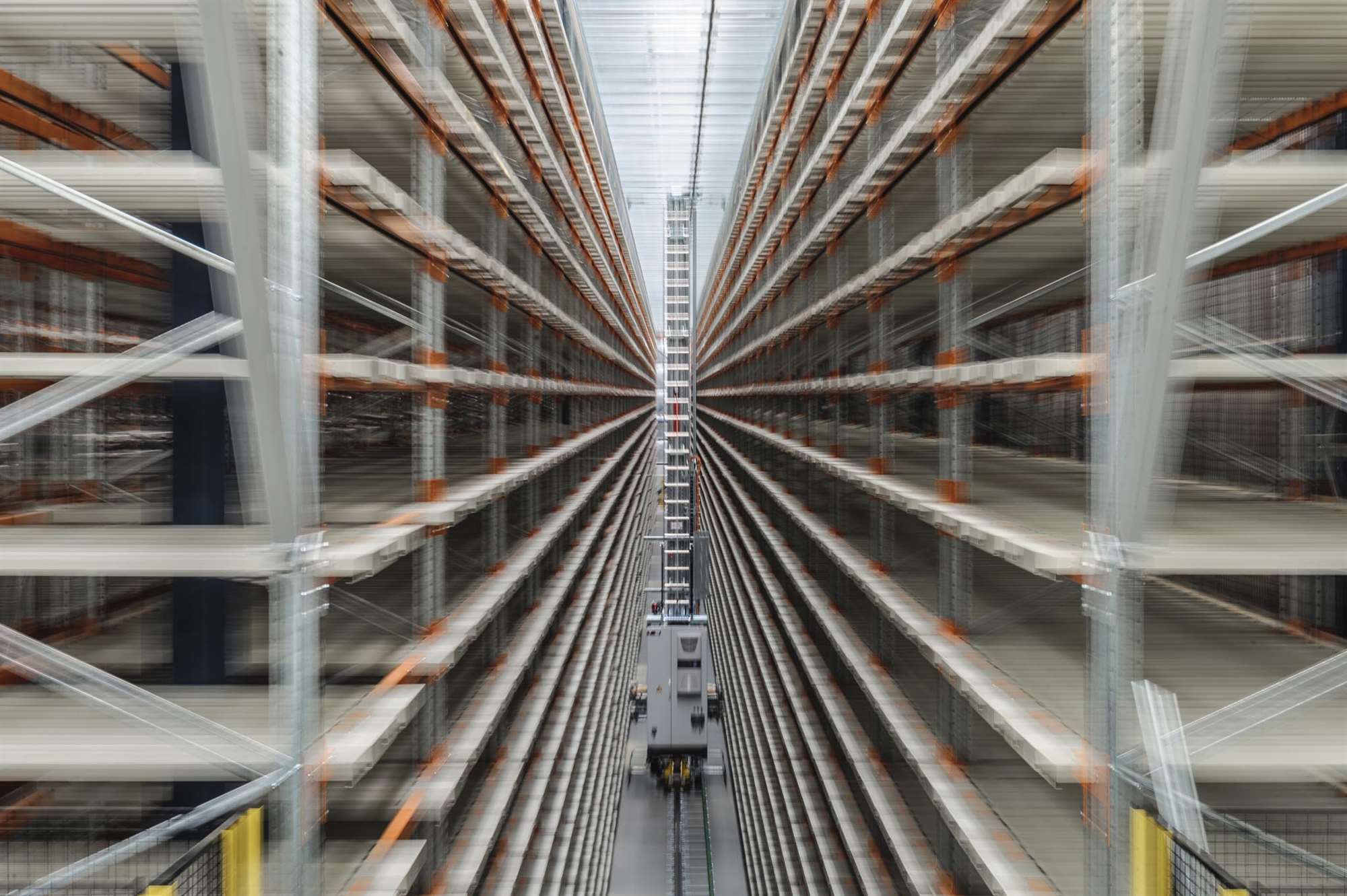Cost pressures are driving many large organisations to re-evaluate their supply chains.
On the back of those cost pressures, analyst firm IDC predicts investments targeting "operational resiliency" will dominate supply chain strategy this year and beyond. The firm predicted continued moves to more deeply integrated planning and fulfilment functions, and data analytics to drive visibility.
It is already apparent how small improvements across a supply chain can lead to larger macroeconomic improvements. Rio Tinto is an early case study for this approach, finding extra iron ore capacity by optimising its journey from pit to port.
However, Rio Tinto is by no means alone in its investment. Myer and OneSteel have previously spoken of their focus on intermodal visibility - that is, the ability to see product from the time it leaves the warehouse or manufacturing plant, to the time it is received by the customer.
Australia Post, logistics giant DHL and Toyota Australia can also now be added to the list of companies investing heavily for supply chain efficiencies.
Product tracking
Toyota Australia - with the help of partner Sixtree - recently created a dashboard that surfaces data about the changing status of a vehicle transiting through the company's supply chain.
From the time a new car is taken off a ship and lands on a dock, to when it is loaded onto a truck and arrives at a car dealer, system messages are generated and collated, and the data is visually presented on a map.
"We can drill down to an actual car on that map and see where an individual car is at a particular time," strategy and architecture manager Simon Dorrat said. "We've never been able to do that before."
Dorrat said that the car company could slice-and-dice data using a number of dimensions - colour, model, number of doors and so on - in real-time, providing strong visibility into its operations.
Fashion fulfilment
Logistics giant DHL's new $120 million campus at Horsley Park, in Sydney's west, is home to a sizeable Dexion automated retail system that - in the first instance - will benefit wholesaler True Alliance.
True Alliance distributes brands including Coach, Ben Sherman, Speedo, Ugg and Nautica.
"They've asked us to help support them in how we can work through some of the challenges in the retail market, and how we can continue to support the growth of their business," DHL's retail and B2C sector general manager Geoff Peters said.
DHL's cooperation with True Alliance begins in China, where many goods are sourced.
"We've been working with True Alliance vendors and manufacturers from China on how we can get an ease-of-receipt process," Peters said. "Basically as soon as the carton comes off the truck we can scan the label, know exactly what's in there, in what quantity, and receive it straight away."
Incoming cartons are subjected to a Cubiscan process, which takes measurements such as their weight and dimensions. Once completed, the carton is sent through the Dexion automated system for storage. Nine robotic cranes are used to place the cartons into storage, which is 18 levels high.
DHL also handles the fulfilment of clothing and apparel orders, which True Alliance receives from its retail customers. Cartons are retrieved by the automated robots and delivered to a "goods-to-person" station, where an order picker collects the products necessary to fulfil the order. The products can be sent to a "value-add" zone where, for example, price tickets are attached, before the cartons are sealed and routed to a sortation zone for shipment.
Peters said that several overall benefits are expected. "From a variable labour perspective, around 50 percent reduction on current business-as-usual [costs] are forecast," he said.
"Then, from a cost per unit perspective, there's about a 20 percent reduction [anticipated], decreasing further over the lifetime of the installation."
The system is still in commissioning and is expected to go live in June 2015. Other DHL customers will be able to take advantage of the system after this date.
Tight integration
Australia Post and its courier subsidiary StarTrack are focused on bringing their respective supply chains closer to customers.
"We want to integrate with merchants in their system of choice," Australia Post's general manager of e-commerce systems Ben Franzi said.
"Typical e-commerce providers run different systems that enable merchants to sell. Our strategy is to be connected into those platforms to enable the merchant to lodge [parcels] with Australia Post or StarTrack without leaving their system."
Australia Post first demonstrated this capability in 2010, when it enabled eBay sellers to arrange labelling and delivery of goods via Australia Post more easily. "You can buy and sell on eBay and lodge parcels with Australia Post without even leaving eBay," Franzi said.
The company has taken the strategy further by creating a suite of application programming interfaces (APIs) and integrating those into the enterprise platforms favoured by e-commerce customers.
The first beneficiaries are users of NetSuite, a hosted enterprise resource planning system. The APIs will enable NetSuite merchants to offer a range of services to their end customers - such as track and trace and the ability for buyers to have purchased goods sent to an Australia Post locker for 24x7 collection.
The company plans to expand APIs to other systems. Already it is looking at Magento - a popular open-source CMS for e-commerce merchants - and potentially the hosted accounting software Xero.










